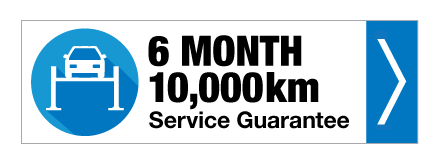When most people think about car safety, they consider features like airbags, electronic stability control, and anti-lock braking systems. While those are vital, one of the simplest and most overlooked safety factors is sitting right where your car meets the road, tyre pressure. It doesn’t just impact comfort or fuel economy. Tyre pressure plays a major role in how quickly your vehicle can stop in an emergency, and it could be the difference between a close call and a collision.
Why Tyre Pressure Matters
Tyres are designed to work optimally within a specific pressure range. That recommended PSI, listed on your car’s door sticker or in your owner’s manual, is based on engineering calculations around weight, tyre structure, and road handling. When tyre pressure drops below the ideal level, several things happen:
- The contact patch (the area touching the road) becomes larger
- The tyre flexes more than it should, increasing heat buildup
- Grip and steering response change
- Braking performance deteriorates
Even a slight drop in pressure can have a measurable impact. Studies show tyres just 5 PSI under-inflated can increase braking distance by several metres, enough to matter when a child runs onto the road or traffic suddenly stops.
Under-Inflated Tyres and Braking Distance
Under-inflated tyres are the biggest culprit in increased stopping distances. With more tread touching the ground, you might expect more grip. However, the opposite happens. The tyre struggles to maintain even traction across the contact patch, leading to:
- Reduced control under braking
- Longer stopping distance
- Higher risk of skidding or losing stability
- Tyre tread wearing faster and unevenly
Heat build-up can also cause sidewall damage or even a blowout if ignored.
Over-Inflated Tyres Aren’t Better
Many drivers assume that a harder tyre equals better handling. In reality, over-inflated tyres have less contact with the road, not more. This reduces traction and makes braking less effective, especially in wet weather. Over-inflation also increases vibration, affects ride comfort, and accelerates centre tread wear.
Braking Distance and Wet Weather
Wet roads make proper tyre pressure even more critical. When tyres are under-inflated, water is not dispersed efficiently, increasing the risk of aquaplaning. Losing control for even a second while braking in wet conditions can have serious consequences.
How Often Should You Check Tyre Pressure?
With changing temperatures and daily driving, tyre pressure can fluctuate. As a rule, check pressure:
- Every two to four weeks
- Before long road trips
- When towing or carrying heavy loads
- After sudden temperature changes
Don’t forget your spare tyre too, a flat spare doesn’t help when you need it most.
A Simple Step that Saves Lives
Keeping your tyres at the correct pressure is one of the easiest safety habits you can develop. It improves fuel economy, makes your tyres last longer, enhances handling, and most importantly, reduces your braking distance, giving you more time to react when it matters.
Servicing Matters – And Auto Leaders Can Help
At Auto Leaders, we don’t just tick boxes, we take a safety-first, professional approach to every vehicle. During servicing, our qualified technicians check tyre pressures, tyre wear, brakes, suspension, and all road-safety systems to ensure your car stops when you need it to.
Whether you drive a petrol, diesel, hybrid, 4WD or family SUV, we offer:
- Comprehensive servicing
- Brake inspections and replacement
- Tyre checks and rotations
- Wheel alignments and balancing
- Safety inspections and logbook servicing
Your tyres are the only thing connecting you to the road, make sure they’re cared for by professionals.



